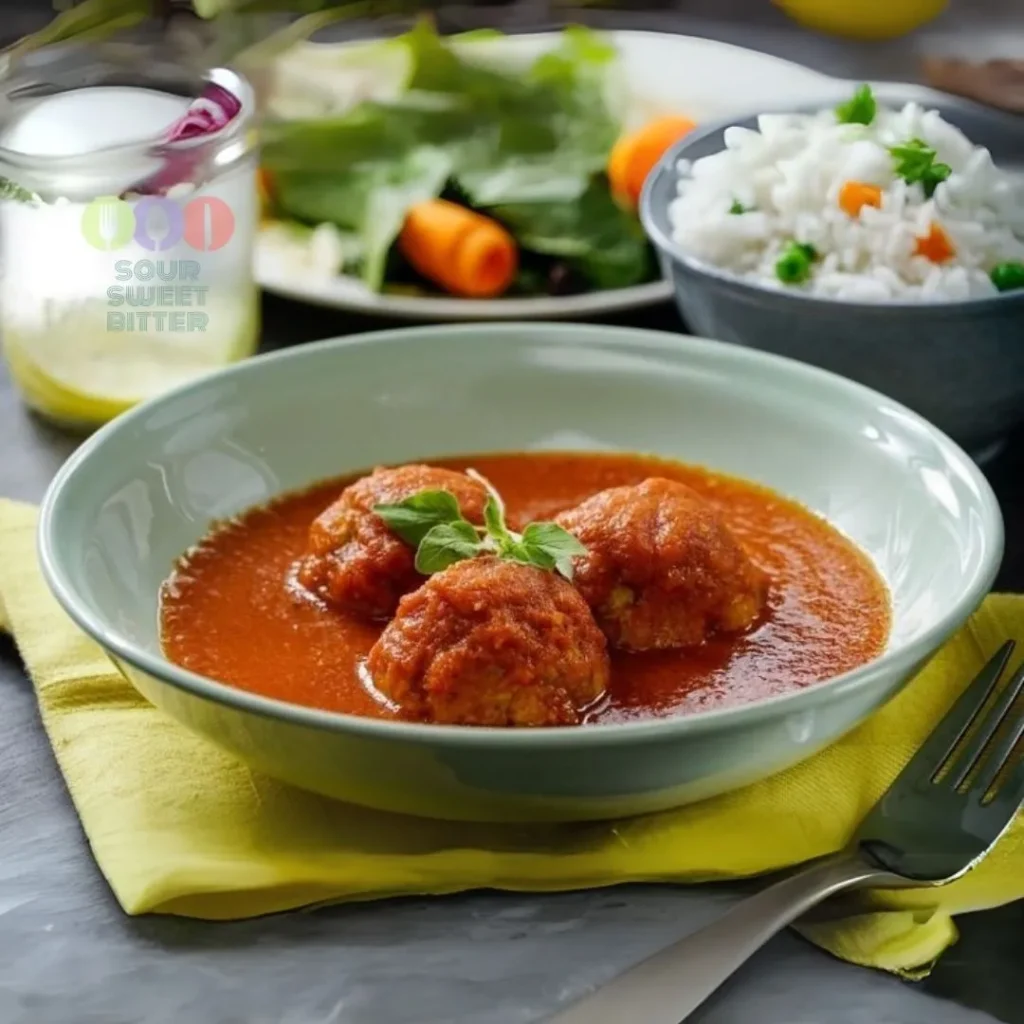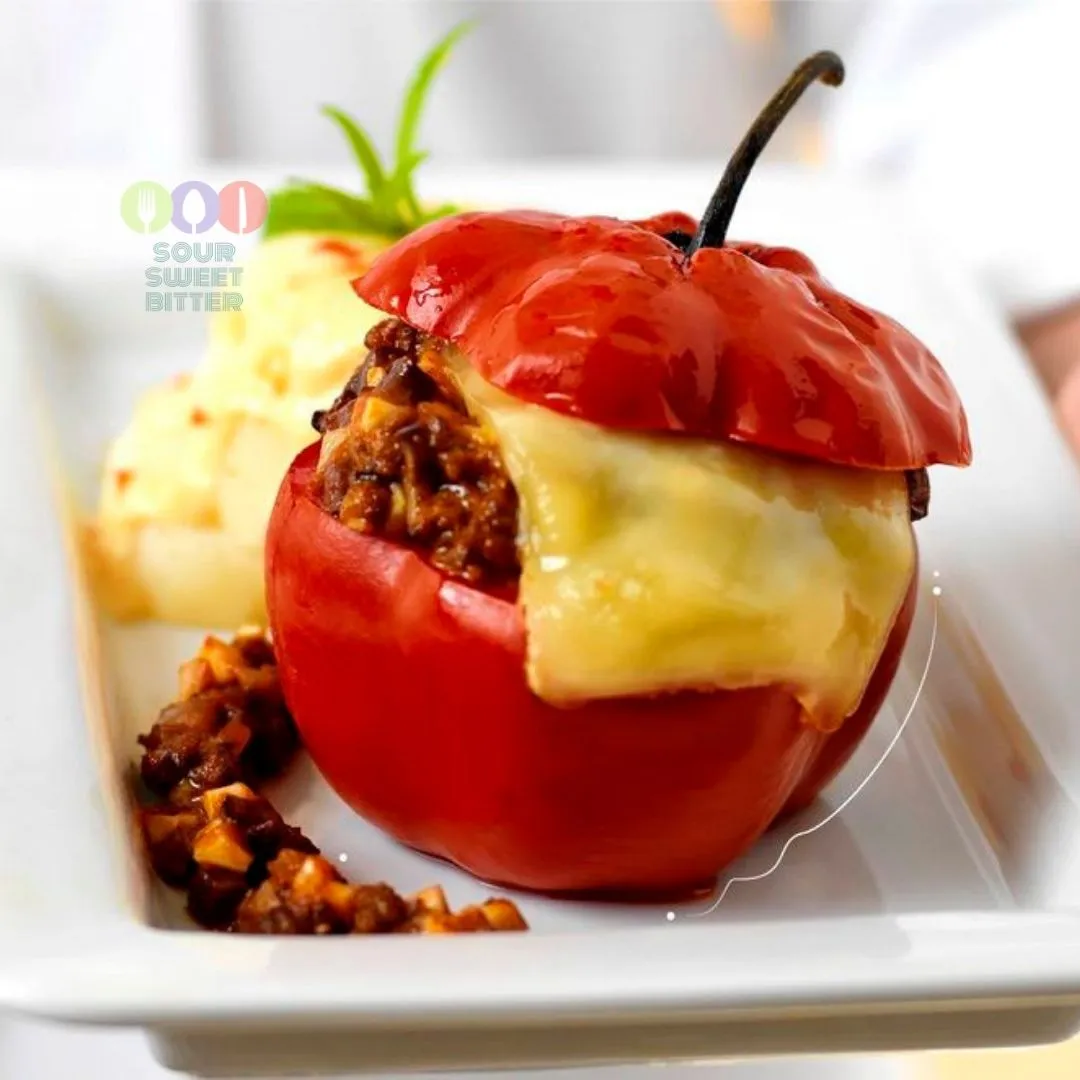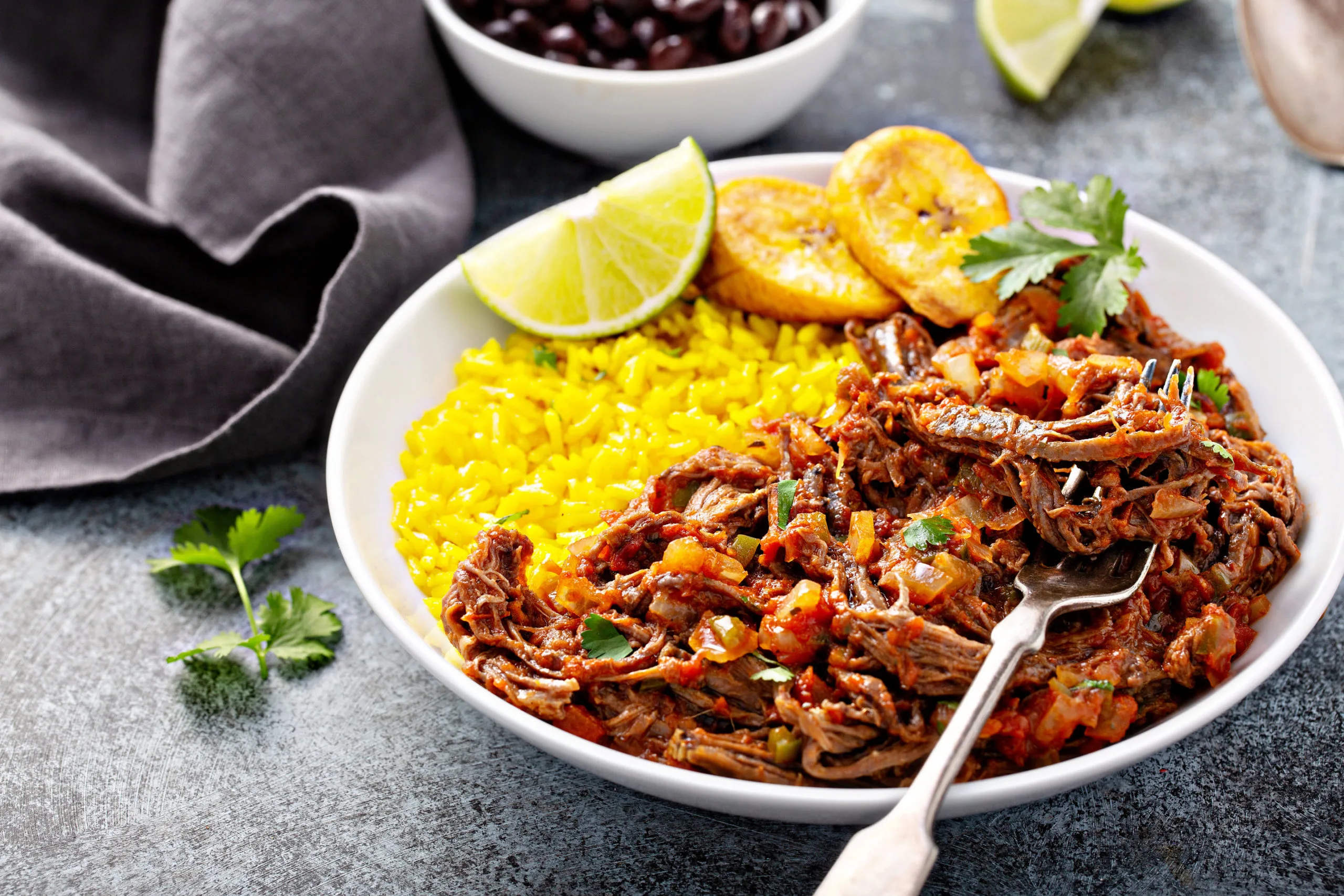The Rich History and Tradition of Spanish Albondigas
Spanish cuisine is full of flavorful and comforting dishes, and albóndigas—Spanish meatballs—stand out as a beloved favorite. These juicy, spice-infused morsels have a fascinating past, shaped by centuries of cultural influences. From humble home kitchens to high-end restaurants, albóndigas symbolize warmth, hospitality, and tradition in Spain.
How the Moors Introduced Albondigas to Spain
The origins of albóndigas date back to the Moors, who ruled parts of Spain from the 8th to the 15th century. The word “albóndiga” comes from the Arabic “al-bunduq,” meaning “hazelnut” or “small round object,” a perfect description of these bite-sized meatballs.
During their rule, the Moors brought new culinary techniques to Spain. They introduced the method of seasoning ground meat and shaping it into small balls. These early albóndigas featured a rich blend of spices, nuts, and dried fruits, reflecting the diverse flavors of Middle Eastern cuisine.
Albondigas in Spanish Culinary Traditions
After the Reconquista, when Christian forces reclaimed Spain, albóndigas remained popular. Over time, different regions developed their own versions of the dish. Today, these meatballs appear in many styles across Spain:
- Andalusian kitchens simmer them in saffron-infused broths.
- Catalonian chefs sometimes pair them with seafood, a nod to Mediterranean flavors.
- Castile and León favors a thick, tomato-based sauce, now one of the most common preparations.
Traditional albóndigas use ground beef, pork, or a combination of both. Cooks mix the meat with breadcrumbs, garlic, parsley, and spices. After shaping the mixture into small balls, they either fry, bake, or simmer them in a flavorful sauce.
A Tapas Bar Favorite
Albóndigas also shine in Spain’s legendary tapas culture. In bustling bars and cozy taverns, people enjoy these meatballs in small clay dishes with crusty bread and a glass of robust Spanish wine.
Each region serves tapas-style albóndigas differently:
- Madrid drenches them in a rich tomato sauce with a hint of paprika.
- Seville adds almonds to the sauce, a tribute to Moorish influence.
- The Basque Country serves albóndigas as pintxos, skewered with vegetables and topped with unique sauces.
A Dish That Brings Generations Together
Despite their long history, albóndigas remain a family favorite in Spain. Whether served at festive celebrations or casual gatherings, these flavorful meatballs continue to bring people together.
Many families pass down cherished albóndigas recipes through generations. Some cooks enhance them with sherry-infused sauces, while others prefer smoky Spanish paprika for extra depth.
Why Albóndigas Continue to Win Hearts
Beyond Spain, albóndigas have inspired dishes worldwide. Latin American kitchens add them to spicy broths and stews, while Filipino cuisine transforms them into “bola-bola”, highlighting Spain’s colonial influence.
These meatballs remain popular because of their bold flavors, comforting texture, and versatility. Whether served as a hearty main course, a tapa, or part of a soup, albóndigas capture the essence of Spanish hospitality.
Experience the Tradition of Spanish Albóndigas
Anyone seeking an authentic taste of Spain should try homemade albóndigas. Every bite carries centuries of history, a blend of cultural influences, and the warmth of Spanish tradition.
Albóndigas are not just meatballs—they tell a story, connecting Spain’s past with its present and bringing people together across generations.ers around the world.
Discover Traditional Spanish Recipes Discover Traditional Recipes from Europe
Spanish Albondigas
Ingredients
1 kg of minced meat (roast beef or pigeonfish)
Instructions
-
Mix the minced meat with the eggs, bread crumbs, 2 chopped garlic and chopped parsley. Season with salt and pepper. Knead gently until well blended, without overmixing.
-
Form the meatballs of the desired size, making sure they are more or less the same size. Seal them in a frying pan with a little vegetable oil until they are lightly browned. Set aside.
-
Peel and cut the potatoes into medium-sized cubes so that they do not fall apart or become raw. Set aside.
-
In a large pot, heat the olive oil over medium heat. Sauté the chopped garlic clove, onion and bell bell pepper until the onion is translucent. Add the crushed tomato and water. Season with paprika, cumin, salt and pepper. Bring to boil.
-
Add the potatoes to the sauce and cook for 10 minutes. Then add the meatballs carefully. Do not stir with a spoon, just move the pot gently to prevent the meatballs from falling apart. Add the bay leaf.
-
Cover the pot and lower the heat. Cook over low heat for 20-25 minutes, or until the potatoes are tender and the meatballs are cooked through. Turn off the heat and let stand for a few minutes before serving.
-
Your traditional Albondigas are ready. ¡Buen provecho!
Note
To make these homemade meatballs you can use veal or ask at the butcher's for a mixture of veal and pork. If you choose the latter option, the ideal proportion is 70% beef and 25% pork. The mixture will make the meatballs juicier thanks to the pork meat.


















